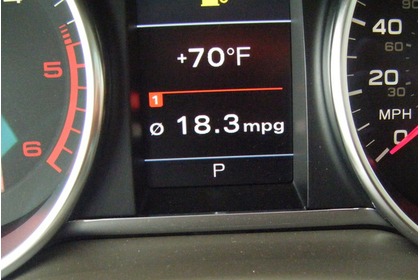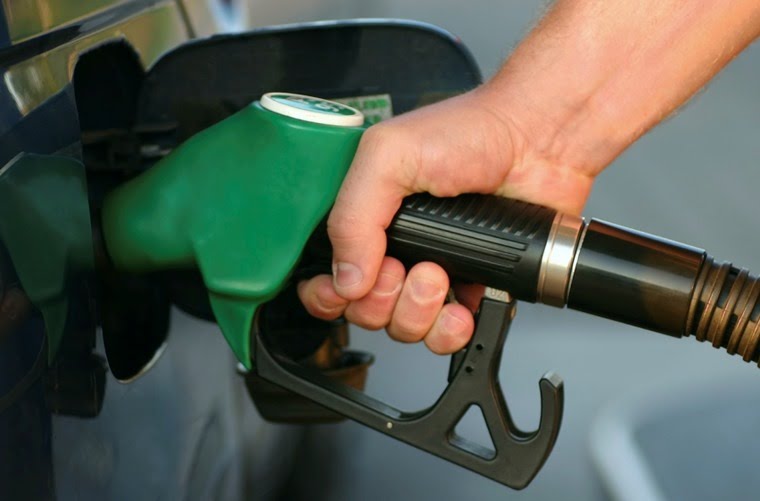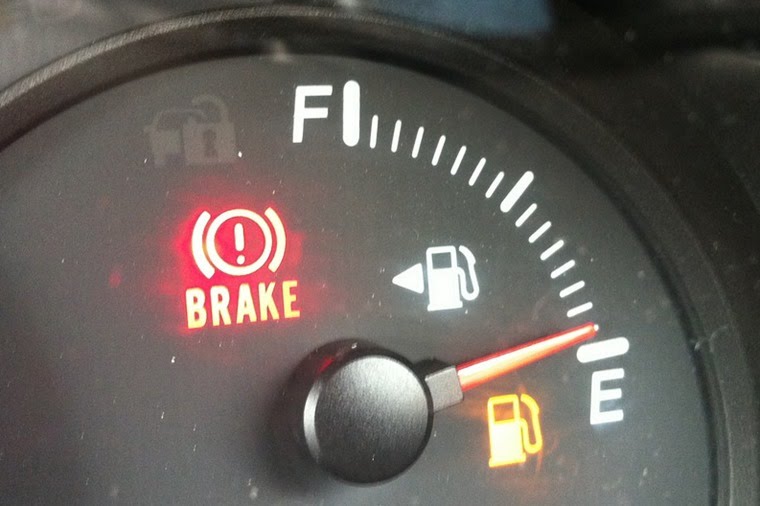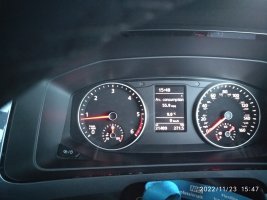But did you drive according to the Official Testing Procedure.
Fuel efficiency. If it’s high on your list of priorities when it comes to choosing your next car, then you’ll be studying its official mpg stats wi...

leasing.com
How is the mpg test done?
New cars are subject to the New European Driving Cycle (NEDC) procedure, which can be used to find out a number of figures which enables manufacturers to find their “official” mpg. The NEDC was created to proved consumers with fair, unbiased data, but recent reports show that few cars can deliver their official fuel consumption figures in the real world.
To understand how the figures are calculated it’s necessary to look at the procedure itself. So the playing field is as level as can be, every test is carried out on a rolling road, with an ambient temperature between 20C and 30C. The engines can’t be run beforehand either. In fact, nothing is left to chance.
The boring bit…
The
urban cycle is completed first, and is meant to replicate driving in a built up area. It’s done by accelerating and decelerating from 0mph to speeds of 9, 15 and 20mph. This is repeated three more times and the entire cycle lasts 780 seconds, taking the car 2.8 miles.
The next step is the
extra urban cycle, that’s meant to equate to driving on faster roads. Firstly, the car will gently accelerate to 43mph, maintain its speed for 50 seconds and then decelerate to 30mph.
It sticks at 30mph for 69 seconds and then accelerates back to 43mph for a further 50 seconds. Finally, it accelerates to 60mph, maintains speed for 35 seconds and then accelerates to 75mph for a further 10 seconds.
The car then slowly decelerates to a standstill and the cycle ends. The figures consumers will be most interested in are not the urban and extra-urban fuel consumption figures, but the
combined consumption that is worked out from the two.

leasing.com
















